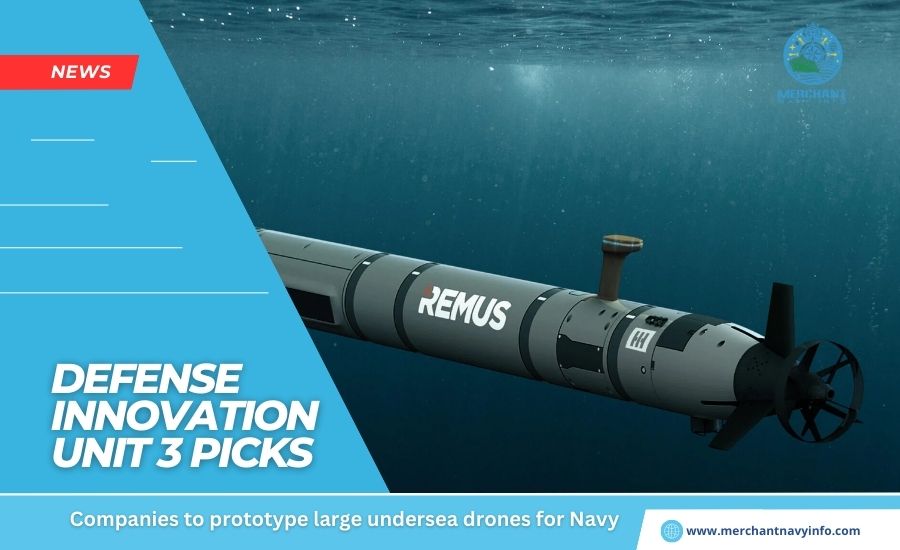
The Defense Innovation Unit has announced that it had selected three companies to develop and prototype unmanned undersea vehicles, focusing on employing payloads for subsea and seabed warfare and undersea warfare.
“This project will also drive advancements in underwater engineering. Additionally, autonomous systems, communications, and shape employment of [Large Displacement Unmanned Undersea Vehicles (LDUUV)]. They are good for future naval operations,” according to the DIU statement. “Collectively, with DIU and [the Navy’s program office]. These organizations will provide rigorous assessments in order to optimize alignment with an evolving global defense landscape. Here beginning with live demonstrations in March 2024.”
The three companies selected were Oceaneering International, Kongsberg Discovery and Anduril Industries.
“Our selection takes place at a critical moment for the Department of Defense,” said Anduril CEO and co-founder Brian Schimpf. “In an era of strategic competition, our [autonomous underwater vehicles]. For instance the Dive-LD provide urgently-needed capability to deter maritime threats around the world. We are excited to work with our U.S. Government partners as we look to build advanced, affordable, autonomous capabilities at scale in support of U.S. Navy priorities.”
Martin Fjell, president of Kongsberg Discovery, told Breaking Defense in a statement, “With HUGIN Endurance we are pushing the boundaries for autonomous over-the-horizon AUV operations.”
“We are excited to bring our many years of AUV experience in support of the U.S. Government and look forward to closely partnering with DIU also the U.S. Navy to support making their LDUUV program a reality,” he continued. “HUGIN’s reliability has created a legacy. Also, our continued evolution has enabled us to provide the expertise needed on such a program.”
A spokesperson for Oceaneering waited to respond to requests for comment.
In July, DIU announced its search for commercially available vehicles similar to the Navy’s former Snakehead LDUUV. That search was largely prompted by the service sacking its program over vehicle design issues. Also, congressional prodding to scan the market for readily available solutions.
How defense innovation intelligence networks are evolving in a ‘chaotic’ time
Breaking Defense reporting about what the Defense Department wants out of its next-generation cloud capability. It includes DIA artificial intelligence strategy, NGA’s Project Maven updates, and more can be found in our latest eBook.
Although the Snakehead program was canceled, the missions it was envisioned to complete. Including intelligence preparation for the environment (IPOE) and subsea and seabed warfare. They are still very much a capability gap for the Navy. For the past several years, this has issued contracts to several companies for UUV programs of varying sizes.
Snakehead was envisioned to be roughly four feet in diameter and seven to eight feet long. Boeing is contracted to develop and manufacture a vehicle larger than Snakehead, the Orca Extra Large UUV. Meanwhile, Leidos and HII work on medium- and small-UUVs, respectively.









